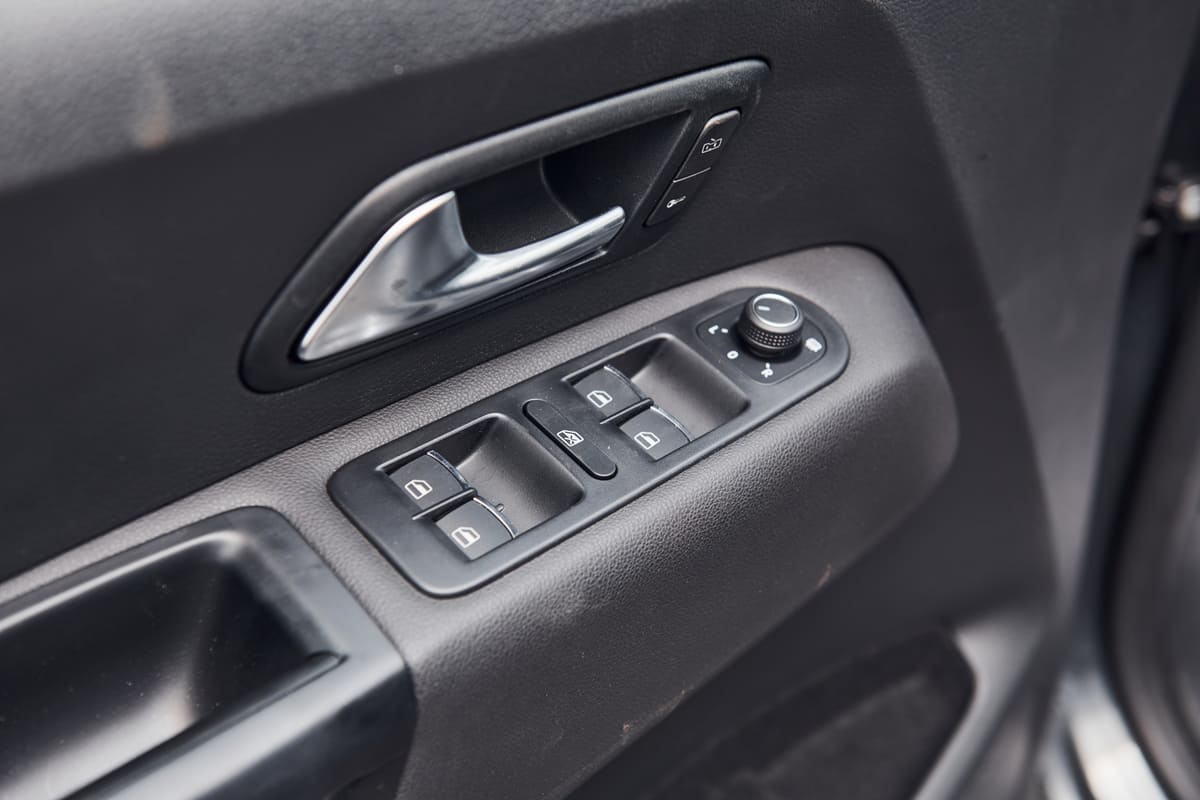Power windows changed the game in the automotive industry by giving us control over our windows. This post will go into the history of power windows, the tech behind it, the driving experience and how it’s integrated into modern cars.
What is a Power Window?
A power window is an electric window in a is like a magic button that moves the window up or down without you having to crank it manually. When you press the button, the window goes up or down silently.
It’s cool because you can control all the windows from the driver’s seat, making car rides more fun and easy. The power window system uses electricity so no muscle power is needed to adjust the windows.
It’s a modern feature that adds convenience and style to vehicles, making them more comfortable and enjoyable for everyone inside.
References
- Power Window. Wikipedia. Retrieved from https://en.wikipedia.org/wiki/Power_window#
- Power Window. Collins Dictionary. Retrieved from
What is the History of Power Window?
Have you ever wondered when power windows were first used in cars? Well, back in 1940, Packard introduced the first power windows as a luxury feature. By the 1950s, power windows became more mainstream in vehicles, giving drivers and passengers a way to control their windows with just a button.
With time, technology has made power windows a standard in most modern cars, making it more comfortable and convenient. Today power windows are a standard feature in many vehicles, making the driving experience more enjoyable and easy for everyone on board.
References
- History Behind Power Windows. GoMechanic. Retrieved from
- Power Window. Wikipedia. Retrieved from
What are the Features of Electric Window?
Power windows in cars have these cool features that makes adjusting windows a piece of cake. Here’s a list:
- Centralized Control: Control all windows from the driver’s seat with a button, no need to reach for multiple switches.
- Auto-Up and Auto-Down: Fully open or close a window with one press, no need to hold the switch.
- Obstruction Detection: feature stops window movement if an obstacle is detected, prevents accidents and keeps occupants safe.
- Lockout Switch: Driver can disable rear window controls, control all windows and child safety.
Power windows combines functionality, safety and ease of use for all passengers and drivers.
References
- Power Windows in Cars. BankBazaar. Retrieved from
How Does a Power Window Works?
Ever wondered how a power window works in a car? Let’s break it down step by step:
- Press the Button: To open or close a window, you press a button on the door panel.
- Electric Motor Activation: When you press the button, it sends a signal to an electric motor hidden inside the door.
- Motor Movement: The electric motor then uses its power to move a mechanism called the regulator.
- Regulator Action: The regulator is like a magic arm that raises or lowers the window glass based on the motor’s instructions.
- Window Movement: As the regulator moves, it causes the window glass to go up or down smoothly.
- Enjoy the View: You now have control over your window without any manual effort.
That’s how a power window in your car works easy and peasy with just a button press!
References
- Power Windows. Dubizzle. Retrieved from
What are the Advantages of Having a Power Window in Car?
Power windows in cars make life easier and more comfortable for drivers and passengers. Here’s why having power windows is so great:
- Convenience: You can control all the windows with just the push of a button, making it simple to adjust them while driving.
- Safety: Power windows often include features like obstruction detection, which stops the window if it hits something, preventing injuries.
- Driver Control: The driver can lock the rear window controls, ensuring kids or pets don’t accidentally open or close the windows.
- Quick Operation: With the auto-up and auto-down feature, you can fully open or close a window with a single press, saving time.
- Modern Comfort: Power windows add a touch of luxury to your car, enhancing the overall driving experience with ease and style.
References
- Power Windows in Cars. Digit Insurance. Retrieved from
What are the 5 Reasons Why Power Window is Malfunctioning?
Power windows can stop working sometimes. Here are the reasons:
- Blown : The power window system uses electricity and if a fuse blows, it cuts off the power and windows won’t move.
- Faulty Switch: The button you press to move the window might wear out or break and can’t send the signal to the motor.
- Bad Motor: The electric motor that moves the window up and down can wear out or get damaged and won’t work.
- Broken Regulator: The regulator is the part that physically lifts and lowers the window. If it breaks or gets stuck, the window won’t move.
- Wiring Issues: Wires carry the electrical signals to the motor and switch. If any wires are loose, broken or corroded, the power window won’t work.
- Obstructions: Sometimes dirt, debris or other objects can block the window’s path and get stuck or move unevenly.
Understanding these common issues can help you diagnose problems and get your power windows back in working order.
References
- 5 Reasons Why Power Windows Are Malfunctioning. Miracle AGC. Retrieved from
- Symptoms of a Failing Power Window. GoMechanic. Retrieved from https://gomechanic.in/blog/symptoms-of-a-failing-power-window/


